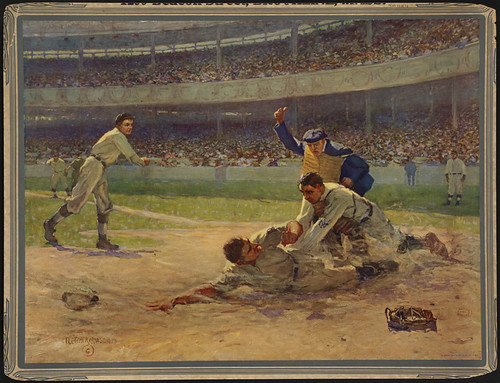With the Baseball Writers’ Association of America revealing the 2021 Hall of Fame results this week (or lack there of), I was once again reminded of my own connection to Cooperstown: my great-granduncle, Roger Bresnahan, is considered to be one of the least deserving member of the Hall of Fame.
Roger played catcher from 1897 to 1915 for five different teams, winning the 1905 World Series with the New York Giants, but is most famous for being the first MLB player to wear shin guards (and getting made fun of for it).


